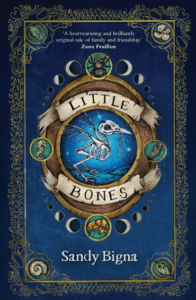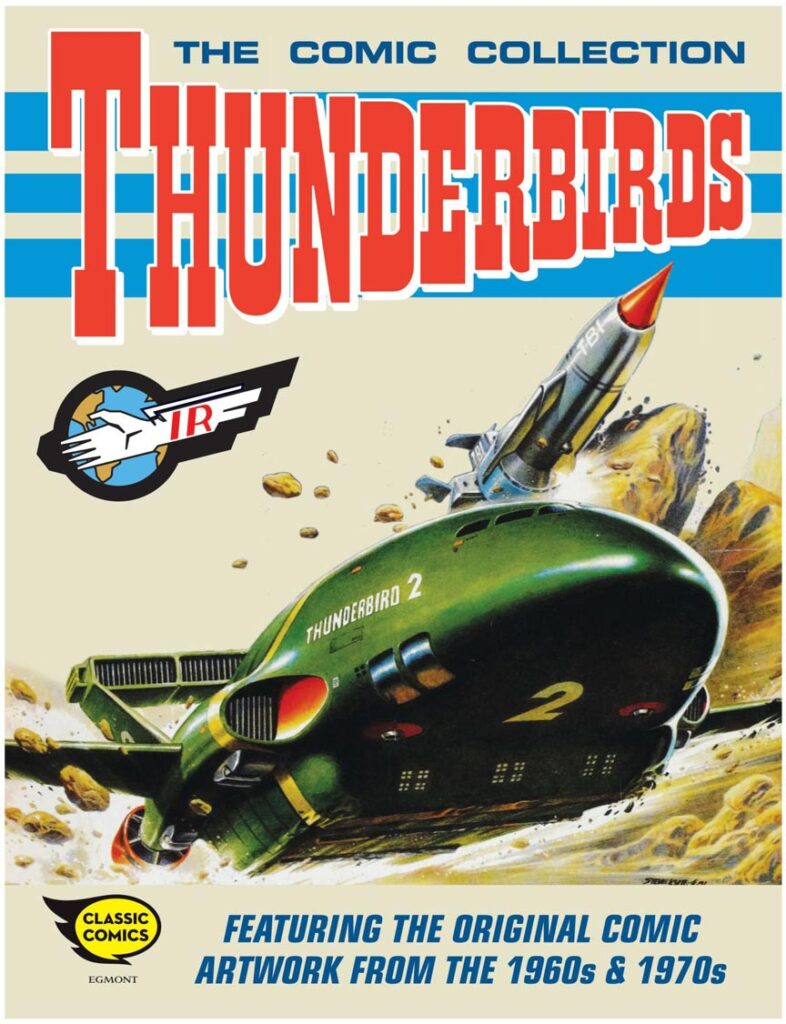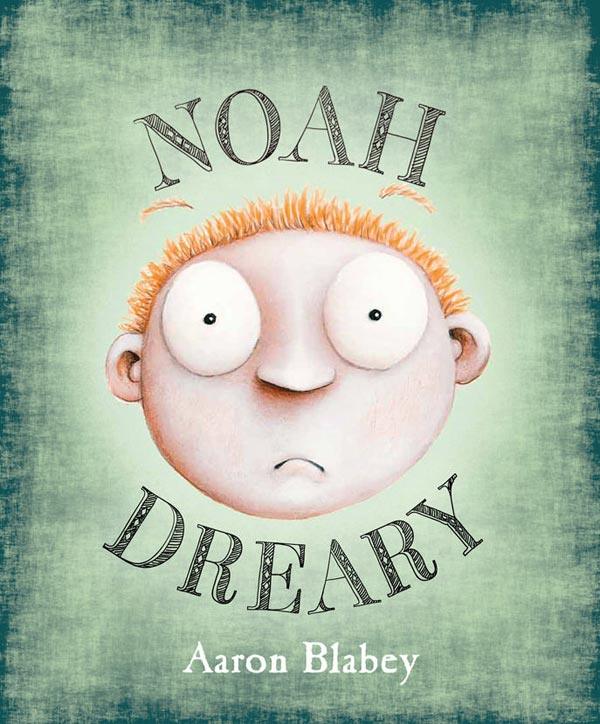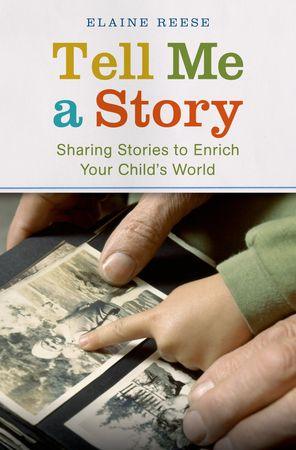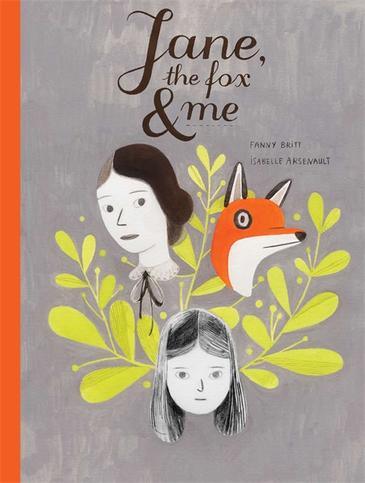Sandy Bigna, Little Bones, University of Queensland Press, March 2025, 238 pp., RRP $16.99 (pbk), ISBN 9780702268878
Eleven-year-old Bones is grieving her dead older brother Nico. She has withdrawn behind an armour of self-sufficiency to cope, searching for myriad animal bones and insect parts to collect like treasure. She’s fascinated with how these delicate representations of past tiny lives work. She fossicks in the dirt for them, sketches them, talks to them. All the while, she misses her brother and her mother who has left to work as a cleaner to bring money in for a future home of their own. She lives in an apartment with Nonna Frankie, a grandmotherly figure who cooks and cares for her with tender no nonsense, and shies away from former friend Aiko and Aiko’s new ‘mean’ friend Edie.
When Tenny, a non-binary bright and breezy kid bursts into Bones’s life as her next door neighbour, it seems her quiet introspective life is about to be upended. But it’s really when she finds a tiny bird’s skeleton near her local wetlands that her story of learning to let go of grief and live, finds its true purpose and meaning.
This verse novel by debut Canberra author Sandy Bigna is simply told yet packs a hefty punch with some exquisite lyrical language, evocatively conjuring the natural world on Bones’s doorstep. The human characters are well realized through Bigna’s brand of visual storytelling, the stanzas reflecting the ebb and flow of their lives as Bones must learn through trial and obstacle to replace the little bird’s body back where she found it; thereby reversing the magic that has brought the tiny creature to life.
It’s a confident, compassionate debut novel in the magical realism vein, with themes of friendship, the importance of family and acceptance implicitly underscored. The LGBTQIA+ representation via the Tenny character is actually underplayed, an authorial decision I think works well because Tenny’s ‘otherness’ doesn’t come across as otherness at all, but rather as completely natural and ordinary within the journey of the novel.
Highly recommended for 10-13 year old readers who love metaphor and poetic language.
Teaching notes are available on the publisher’s website.
Reviewed by Suzanne Ingelbrecht

